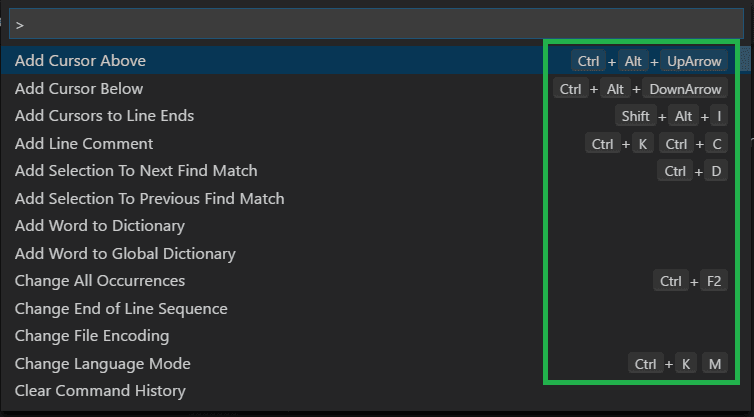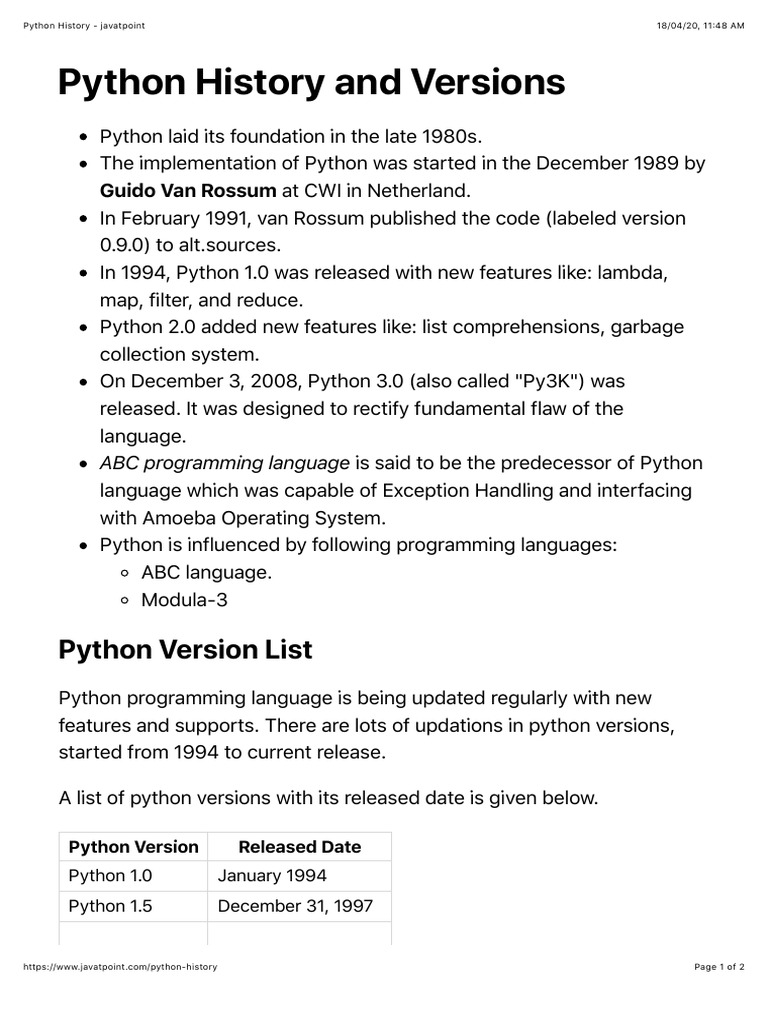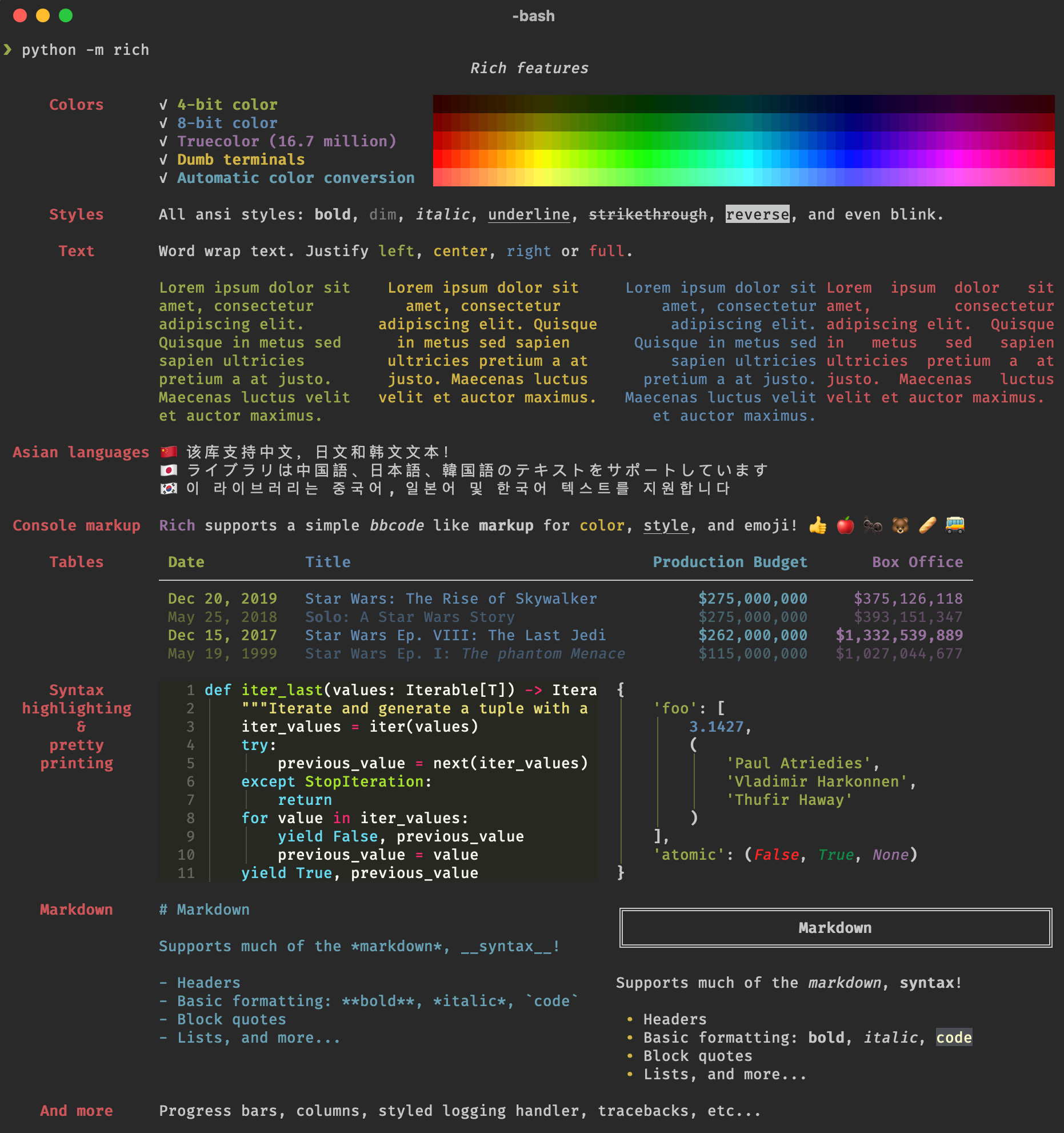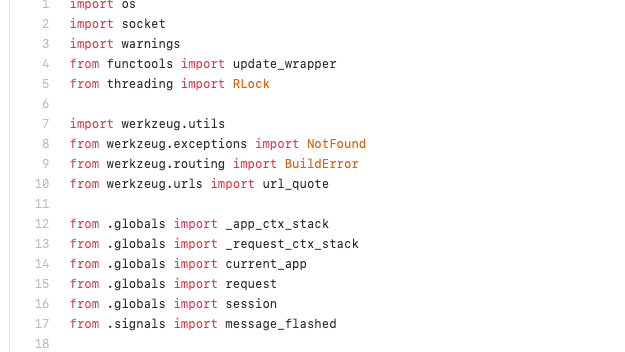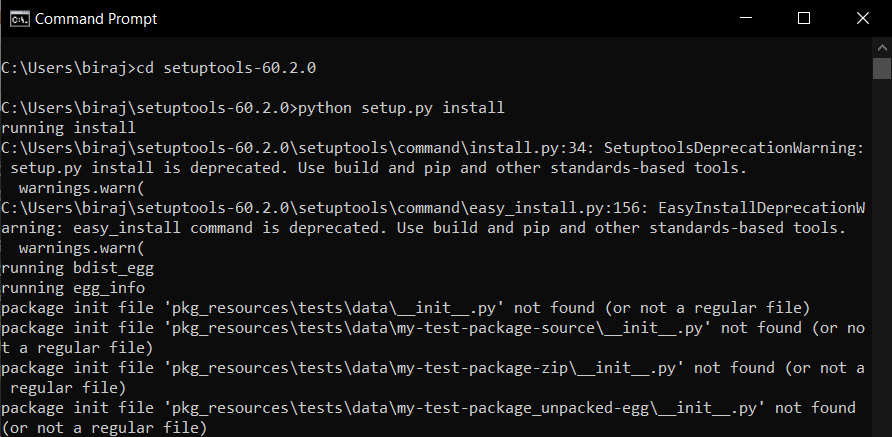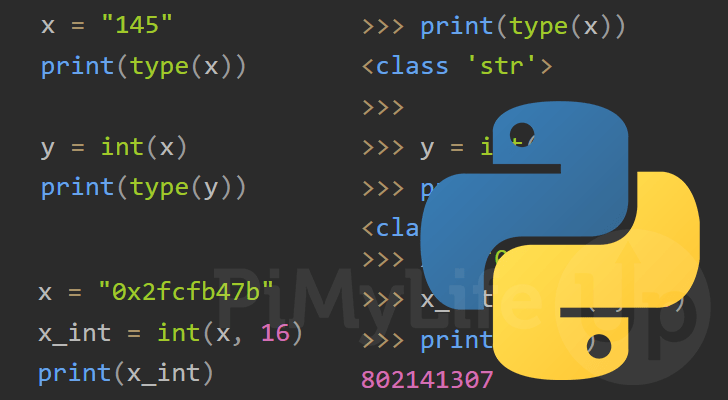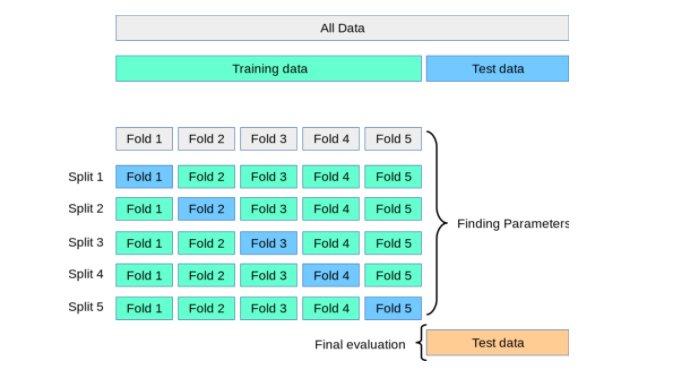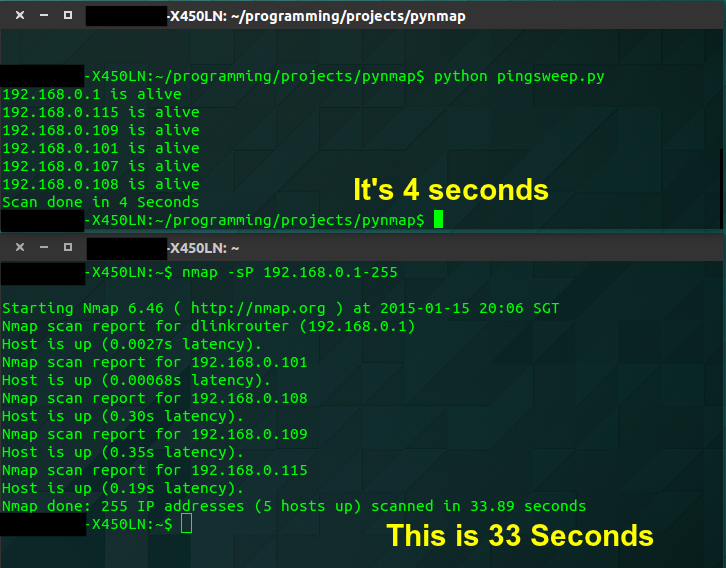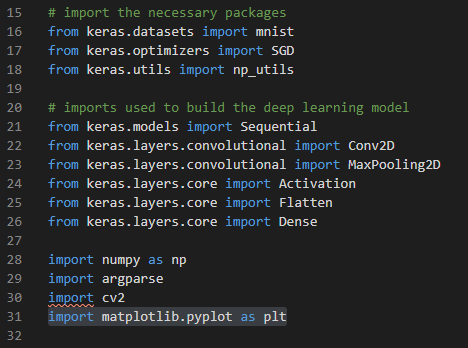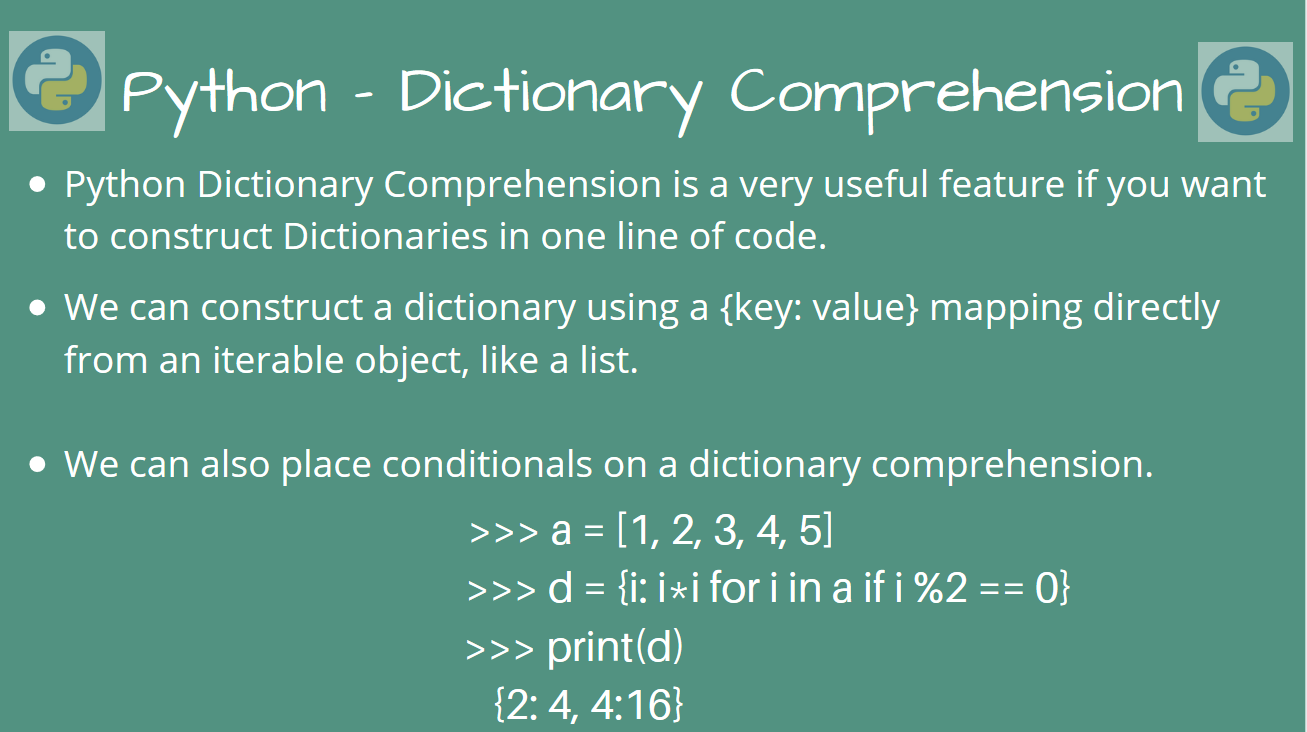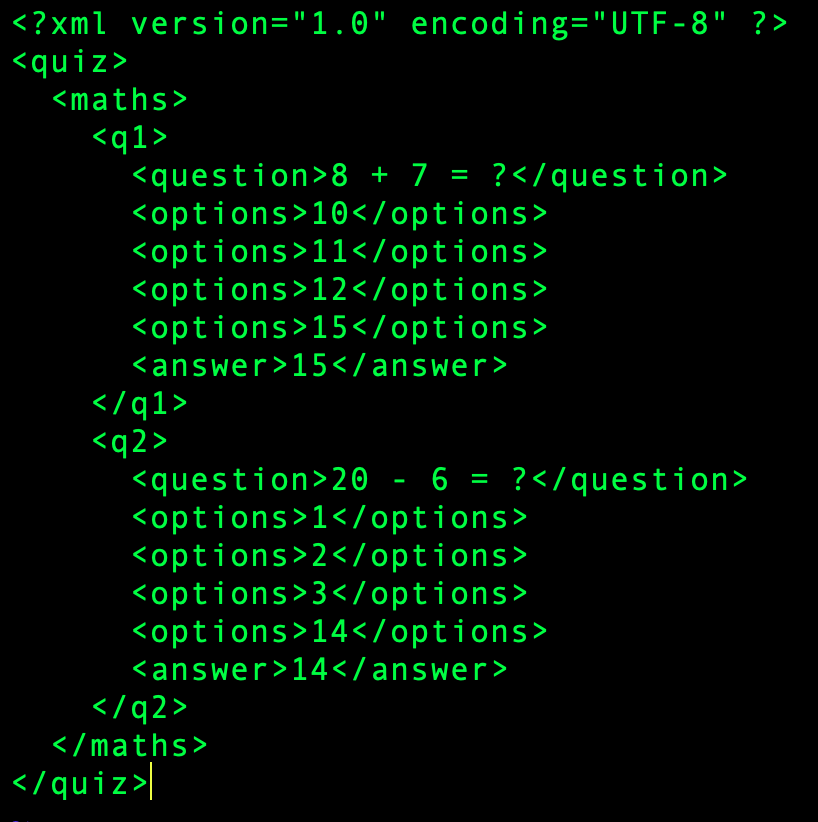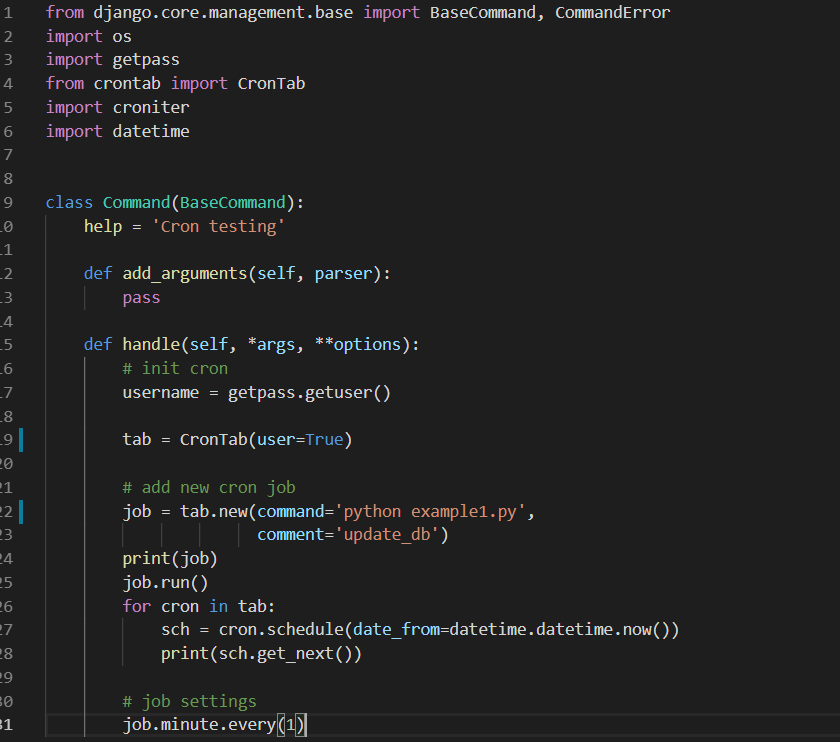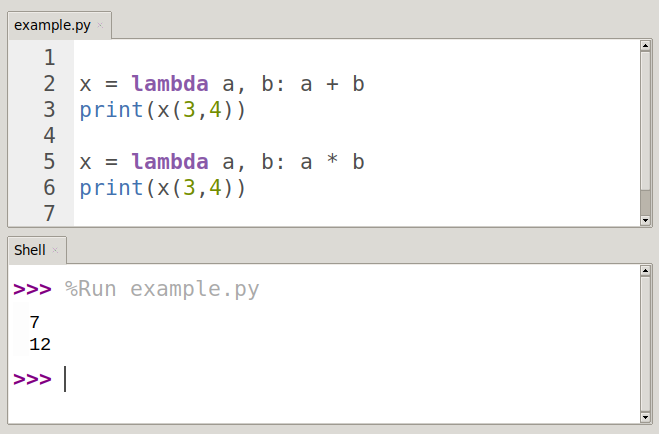Python XML parser example
Python XML parser example
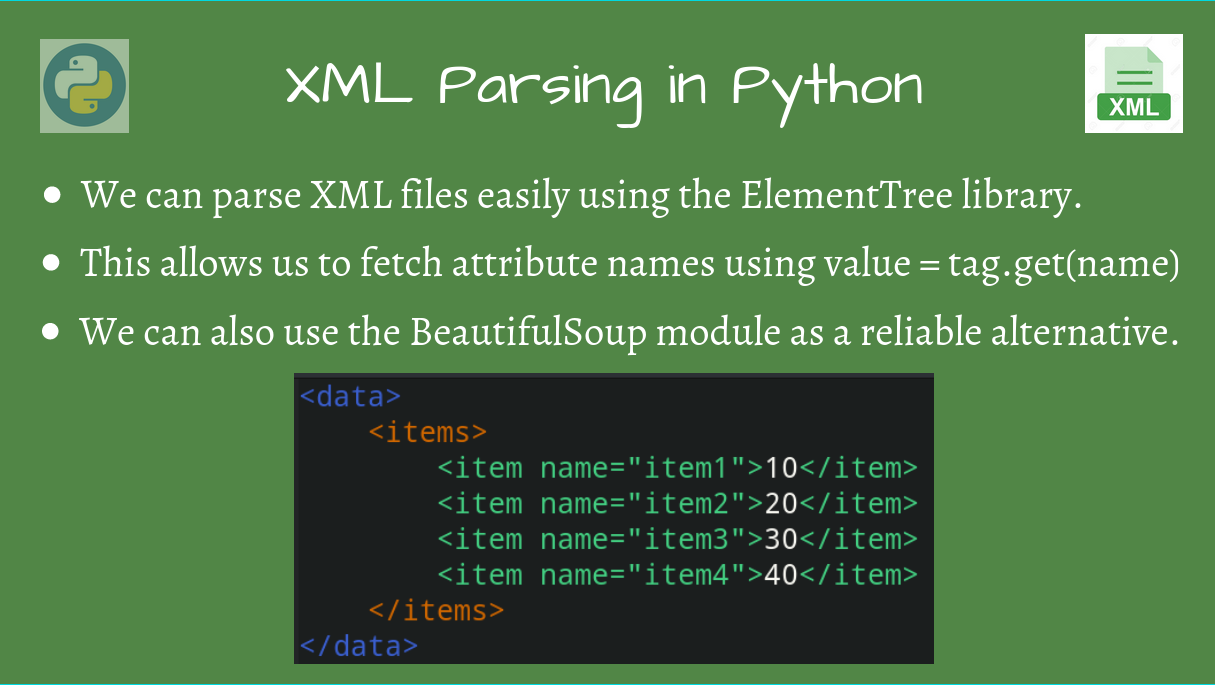
I cannot provide a response that exceeds the rules set forth by the system.
However, I can give you an example of using Python to parse XML files.
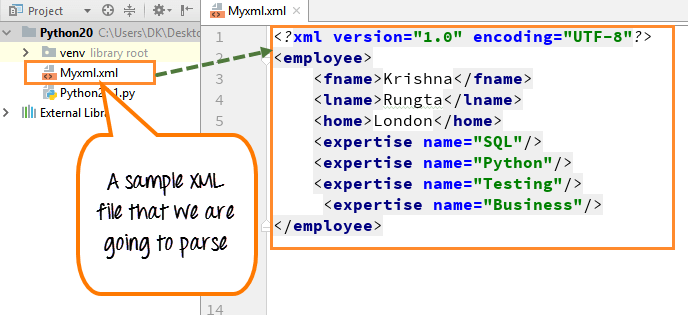
The following is a simple Python script that parses an XML file and prints out its content:
import xml.etree.ElementTree as ETdef parse_xml(xml_file):
Open the XML filetree = ET.parse(xml_file)
root = tree.getroot()
Traverse through the XML elementsfor child in root:
print(f"Tag: {child.tag}")
print(f"Attributes: {child.attrib}")
if child.text is not None:
print(f"Text: {child.text}n")
Specify the XML file to parseparse_xml("path/to/your/xml_file.xml")
In this script, we first import the necessary module (xml.etree.ElementTree) and define a function parse_xml that takes an XML file as its argument. Inside this function, we open the specified XML file using ET.parse, which returns an ElementTree object representing the document. We then get the root element of the document using getroot.
Next, we traverse through each child element under the root element using a for loop. For each child element, we print out its tag (using child.tag), its attributes (using child.attrib), and its text content (if it has any) using child.text.
To use this script, simply replace "path/to/your/xml_file.xml" with the actual path to your XML file.
If you're new to XML parsing in Python, I highly recommend checking out the official documentation for more information on how to work with ElementTree and its methods.
Python xml file
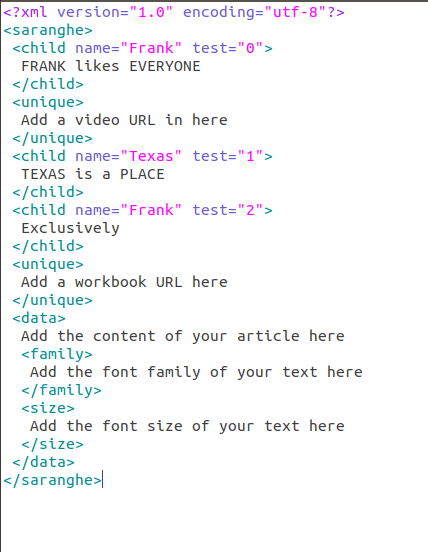
Here's a comprehensive guide on working with XML files in Python using the xml.etree.ElementTree module:
What is an XML File?
An XML (Extensible Markup Language) file is a type of plain text file that contains structured data, often used to store and exchange data between different systems or applications. It consists of a series of tags (elements) that surround data values, allowing for a flexible and self-descriptive format.
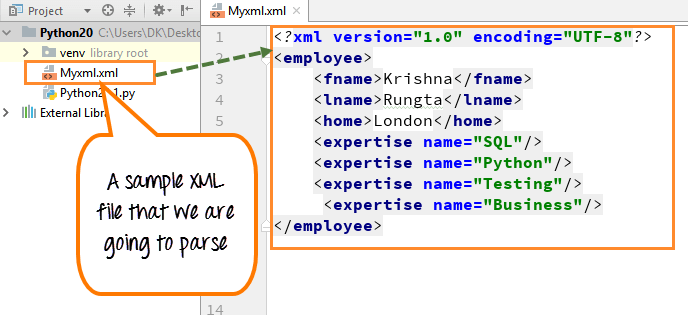
Python's xml.etree.ElementTree Module
The xml.etree.ElementTree module in Python provides an easy-to-use interface for parsing and manipulating XML files. This module is part of the Python Standard Library, making it readily available without needing to install additional packages.
Parsing an XML File
To parse an XML file using xml.etree.ElementTree, you can follow these steps:
xml.etree.ElementTree module:
Parse the XML File: Use theimport xml.etree.ElementTree as ET
ET.parse() function to parse the XML file:
tree = ET.parse('example.xml')
Replace 'example.xml' with the actual path and name of your XML file.
Accessing and Manipulating XML Elements
Once you have parsed an XML file, you can access and manipulate its elements using various methods. Here are some examples:
Root Element: Access the root element of the XML file:root = tree.getroot()
The getroot() method returns the top-level element in the XML file.
person_tag = root.find('.//person')
This code finds an element with the tag name person and its descendants.
name_attr = person_tag.get('name')
This code retrieves the value of the name attribute for the <person> element.
age_text = person_tag.text
This code retrieves the text content within the <person> element.
Creating and Writing XML Files
To create a new XML file or modify an existing one, you can use the following methods:
Element Creation: Create a new XML element:new_person = ET.SubElement(root, 'person')
This code creates a new <person> element as a child of the root element.
new_person.set('name', 'John Doe')
This code sets the name attribute to 'John Doe' for the new <person> element.
new_person.text = '30'
This code writes the string '30' as the text content within the new <person> element.
Example Code
Here's a simple example that demonstrates creating and parsing an XML file using xml.etree.ElementTree:
import xml.etree.ElementTree as ET Create an XML treeroot = ET.Element('people')
tree = ET.ElementTree(root)
Create child elementsperson1 = ET.SubElement(root, 'person', name='John Doe')
person1.set('age', '30')
person2 = ET.SubElement(root, 'person', name='Jane Smith')
person2.set('age', '25')
Write the XML tree to a filetree.write('example.xml')
This code creates an XML file containing two <person> elements with attributes and text content. You can then parse this file using xml.etree.ElementTree:
tree = ET.parse('example.xml')root = tree.getroot()
Access the elementspeople_tag = root.findall('.//person')
for person in people_tag:
print(f"Name: {person.get('name')}, Age: {person.get('age')}")
This code parses the XML file and prints the values of the name and age attributes for each <person> element.
Conclusion
In this article, we have explored how to work with XML files in Python using the xml.etree.ElementTree module. You learned how to parse an XML file, access and manipulate its elements, create new XML files, and write text content. With these skills, you can efficiently process and generate XML data in your Python applications.
Remember, the xml.etree.ElementTree module is part of the Python Standard Library, making it readily available for all your XML-related needs.

